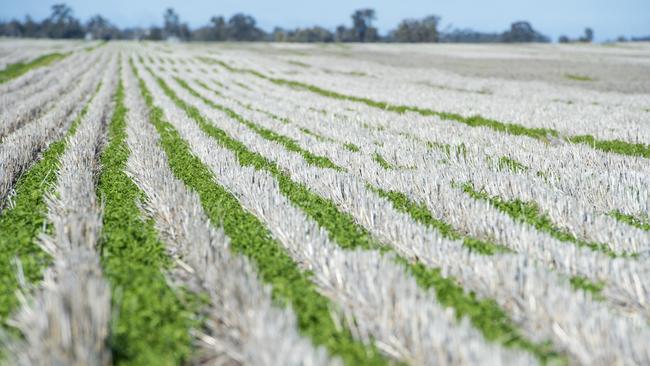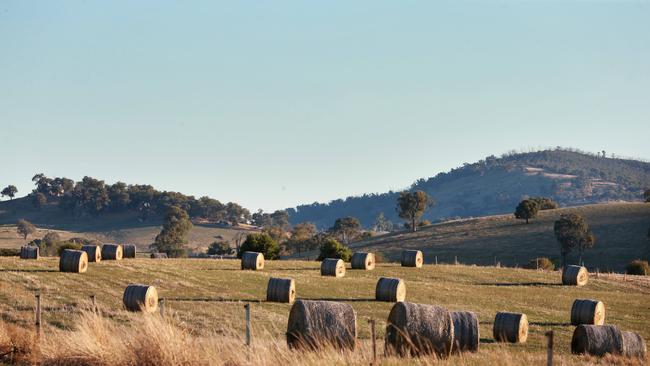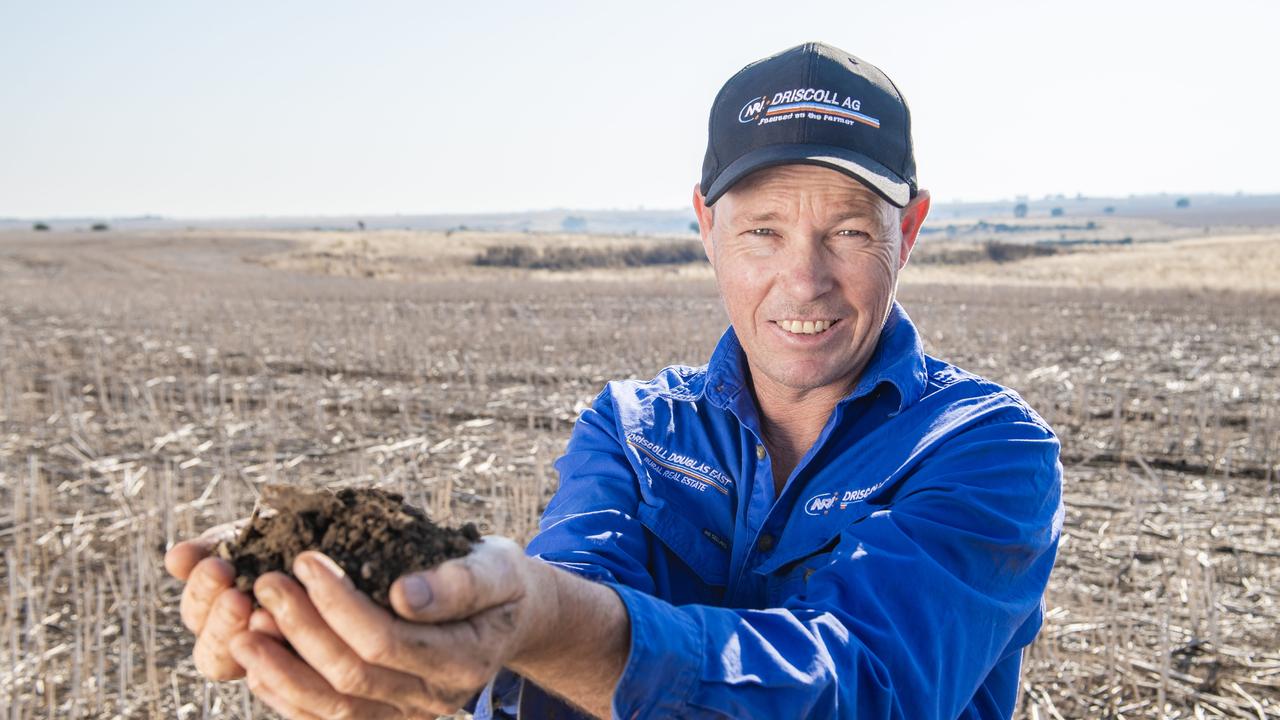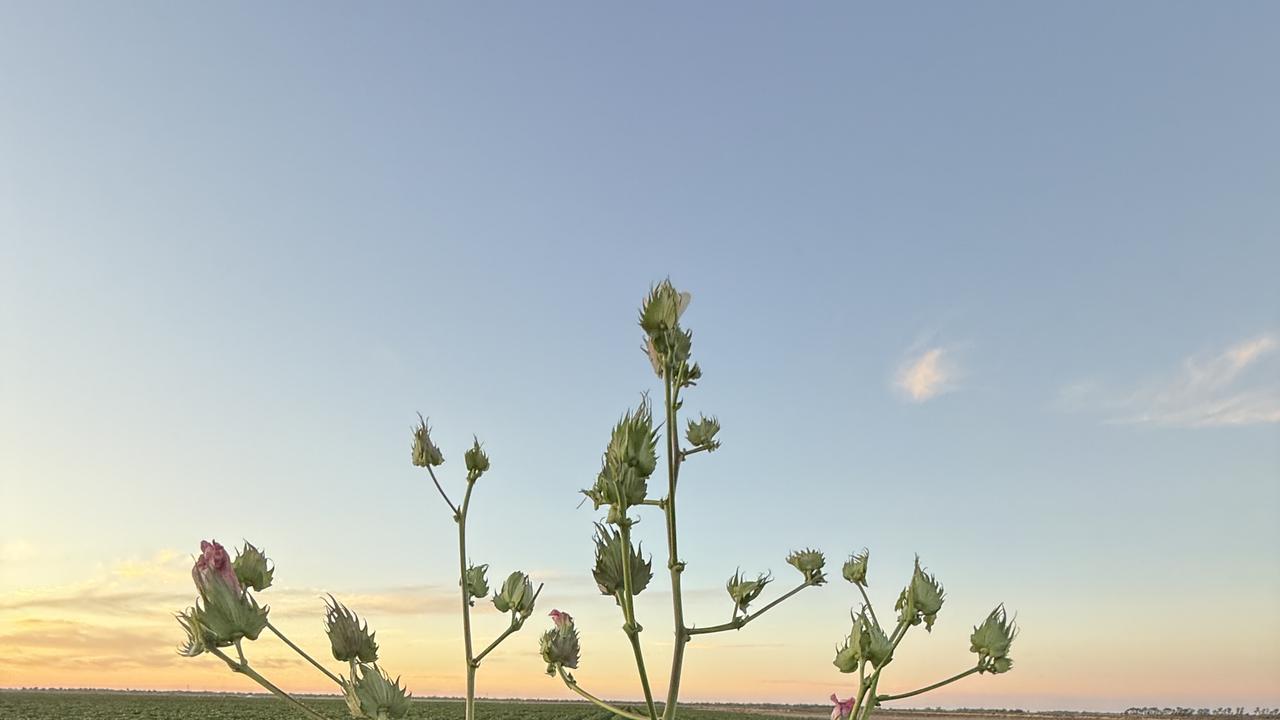Bangladesh shortage benefits pulse growers while hay finally lifts
Our cropping price guide reveals how much grain growers are making per tonne, plus analysis from industry expert Colin Peace.

Lentil prices are on the move.
Since the start of March nugget and nipper types have traded in a tight $5/tonne range, but in the past two weeks they have spiked $60 to $755 delivered to grain packers in Melbourne and Adelaide.
India has been the largest importer of pulses from Australia until they implemented a series of import tariffs designed to support their farmers and bolster their domestic production of pulses.
Although this tariff on lentils fell to 10 per cent last year to attract some imports, it remains at 30 per cent at present.
Bangladesh has now become our largest importer of pulses, and traders suggest lentil demand is related to the latest wave of COVID-19 and subsequent lockdown in Bangladesh.
After falling to a low of 390 cases a day, the third COVID wave has struck hard in Bangladesh, with the rolling seven-day average hitting 7000 cases two weeks ago.
A nation-wide lockdown was enforced on April 14 after a loose lockdown introduced five days earlier failed to rein in the spread of the virus.
This country is two-thirds the size of Victoria with more than 25 times its population, so food security and supply chains are critical.
The new stay-at-home orders leave many Bangladeshis unable to earn income. Given the uncertainty about access to banks and food markets, fear of food shortages is real.
Rice is a staple for Bangladesh and it has recently achieved self-sufficiency in rice production.
This has happened at the expense of production of lower profitability crops such as lentils.
According to analysts and government statistics, local production has fallen to 175,000 tonnes while in three months last year imports increased to 520,000 tonnes.
As a staple food in Bangladesh, pulses are an obvious item that will come under high demand during COVID times. The lockdown has coincided with the start of the holy month of Ramadan, when Muslims celebrate breaking their daily fast with nightly feasts shared with family and friends.
Adding more uncertainty to pulse supplies is the current lentil harvest in Bangladesh and the potential for a shortage of harvest workers. Small farms with low levels of mechanisation are dependent on a labour force for harvest, storage and transport, which is challenged during lockdowns.
Early this week, the Bangladeshi Government were considering requests from health authorities for further extensions of the lockdowns.
With a healthy supply of uncommitted and globally competitive lentils this season, Victorian growers are well placed to meet this demand.
Competing supplies for Bangladesh also originate in Canada, Nepal and India.
Traders have been swift to respond to this demand, but adding more fuel to the potential lentil demand is the speculation that India may once again lower their lentil tariff to attract more supplies.
HAY DEMAND FINALLY RAMPS UP
After a mild summer with extended grazing conditions, hay and silage is finally being fed out to dairy and beef herds.
Graziers are investing in establishing a block of winter feed through planting fresh annual pastures. As pasture growth rates are reduced with the cooler and the grazing area of many farms is reduced by the cultivation of these new pastures, increased supplementary feeding is required.
More trucks carrying hay and straw are being noticed crossing regions of southeast Australia, to fill this feed gap.
Some growers who have regular dairy and beef clients to service with fodder supplies have managed to clear their sheds already this season, but these are not typical this season.
Vetch and lucerne hay have been the most popular hay to boost the protein intake at a time when the legume portion of pastures is low.

Growers report that the best quality lines of vetch hay with prices under $230 a tonne ex Mallee or Wimmera farm have been sold.
Dairy farmers with mixer wagons, who are able to blend feed ingredients into a ration, are buying straw. Although straw is the lowest quality fodder that is usually available on the market, its quality relative to hay, is much better this season.
Grain crops were still maturing when the October rain damaged windrows of hay curing on farms in southeast Australia. If paddocks of stubble were windrowed and baled in January and stored in sheds, the straw should be bright and mostly clear of field staining.
Straw such as this is being sold to dairy farms in the Cohuna district for $90 a tonne delivered.
The record east-coast grain yields and a general shortage of shed storage has seen many straw bales kept as paddock stacks. Some straw bales have been used to protect the more expensive hay bales that have also been stacked five and six bales high in paddocks.
As winter draws closer, the pace of hay and straw trading will pick up and some growers are hoping that this will also see an improvement in price.
A scarcity of supply can deliver this improvement in price. However, there are many dairy farmers with ample stocks of hay and silage on farm.
When these stocks are combined with the low-cost irrigation water that many are carrying over from this season to next spring and summer, some dairy farmers are confident they can ride out a dry autumn and any other disruptions to feed supplies for the next 12 months.
MORE
HAY EXPORTS LIFT WHILE CORN HOLDS PROMISE FOR GRAIN GROWERS


